A version of this article in Indonesian was published on 10 January 2013 at Sindo Weekly magazine with the title of “Sepele Berujung Petaka.” A link to the article will be put here when it becomes available.
With today’s ever increasing levels of safety, the cause of any subsequent accident becomes seemingly benign or more mysterious. Improvements in safety is done by mitigating the easier of the high-risk factors, before moving on the more difficult and the cycle is repeated as we move to the medium-risk factors and then the low-risk factors. This is how we end up enjoying today’s high levels of flight safety.
With today’s ever increasing levels of safety, the cause of any subsequent accident becomes seemingly benign or more mysterious. Improvements in safety is done by mitigating the easier of the high-risk factors, before moving on the more difficult and the cycle is repeated as we move to the medium-risk factors and then the low-risk factors. This is how we end up enjoying today’s high levels of flight safety.
Seemingly benign or mysterious and difficult to understand?
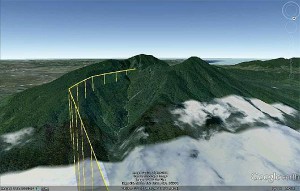 |
| The final trajectory that raised many questions. (Source: NTSC) |
Was this Sukhoi accident caused by mindbogglingly simple and seemingly benign factors or mysterious and hard to understand factors? Trying to explain why a high-tech aircraft with no malfunction can hit a mountain when piloted by an experienced crew is hard enough, explaining the factors behind it is more difficult. Explaining that it is caused by seemingly benign factors, can seem futile, even though it is important.
Speculation arising in the past include bombing, hijacking, or doing those hair-raising maneuvres that is normally reserved for airshows, are simply plucking dreams out of the air to get a quick and easy answer. As these shortcut answers prove to be unsuitable as more facts are known, the blame-game ensues, and it is always easier to blame the dead than it is to fix those of us who are still alive to prevent us from making the same mistakes.
The final investigation report by Indonesia’s National Transportation Safety Committee (NTSC) on the Sukhoi Superjet accident that occured on 9 May, was finished and released in a world record-breaking 6 months and 1 week. The report itself covers a lot on the seemingly benign factors causing or contributing to the accident, which people find hard to accept and tend to simply blame the dead, but what can we learn and fix from this accident?
Benign but deadly!
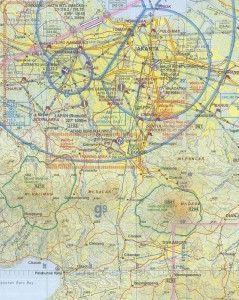 |
|
A Visual Flight Rules chart provides good
information on the topography and is useful
for both cross-country and local area flying.
(Source: NTSC)
|
The simplest question arising from this accident is how did the crew not know there was Mount Salak that they end up hitting? The NTSC report reveals that the preparation for the demo flight was grossly inadequate and poorly coordinated, in particular on risks due to the local topographical. The flight was initially planned to reach out to 20 nautical miles from Halim on a radial of 200 degrees. This plan was rejected prior to the first demo flight by the Halim Briefing Office, and the plan was changed to plan to go to Pelabuhan Ratu area, which was 30 nautical miles further out. However, the first flight ended up only as far as it was originally planned, 20 nautical miles on a radial of 200 degrees from Halim. On the second flight, the crew assumed that the route would be the same, as in reach 20 nautical miles out and returning. However, the Air Traffic Control (ATC) in Halim heard a conversation in the Briefing Office, that the first flight occured above Bogor Area, and that information was forwarded to the Approach Controllers. Two different perceptions occured on where the flight was going with ATC assuming Bogor Area and the crew assuming 20 nautical miles at radial 200 degrees. Coincidentally, 20 nautical miles at radial 200 degrees, is above and in the middle of Bogor Area. Who would have thought the existence of the two differing assumptions was one recipe for disaster?
The next benign factor was the improvisation of the aircraft type that was entered into the Flight Data System of the ATC network and reveals the lack of coordination between the ATC and other segments of the Air Traffic Services. One can understand that the improvisation was inevitable when the Flight Data System database does not have the Sukhoi RRJ-95B (the official designation of the Sukhoi Superjet), and the Flight Data Officer entered the Sukhoi-30 as the aircraft type into the ATC system. While the manufacturer is the same, Sukhoi, one is a passenger transport aircraft, the other is a highly maneuverable combat aircraft. Who would have thought that this improvisation forms the next benign recipe for disaster?
The types of charts carried, forms the next benign factor. The crew carried an en-route chart which is suitable for intercity flying instead of a local area flight. Although it does show basic topographical information, the scale of the chart makes it literally impossible to accurately measure a distance of 20 to 30 nautical miles and shows Mount Salak further south than its actual location. During the briefing the crew was not given any other chart apart from the approach chart (which only covers the immediate vicinity of the airport). No low-level Instrument Flight Rules chart or Visual Flight Rules chart was given. Not having a suitable chart showing where the terrain was, is another benign but fatal causing factor.
These three benign factors, on their own, would not cause a perfectly healthy aircraft and an experienced crew to hit a mountain. However, put these three factors in a row, and the risks posed to the flight went up exponentially.
3 benign factors in a row.
The ATC officer monitoring the flight authorized the descent from 10,000 feet to 6,000 feet because he received information that the flight was to be conducted at Bogor Area where there is the Atang Sanjaya Training Area with an upper limit of 6,000 feet.
The descent to 6,000 feet in obscure weather conditions was not a concern because on the screen, the aircraft was showing to be a Sukhoi Su-30 combat aircraft which would have a different set of operating rules to civil transport aircraft.
By not carrying the suitable charts for the flight, the crew would not be aware how close they are to the mountains, in particular to Mount Salak, and it is likely that the crew never even knew there was a mountain where they were heading due to the inadequate area briefing.
Forget blaming the dead, let’s focus on the homework for the living.
These three seemingly benign factors became the foundation of the tragedy on 9 May 2012. This accident can be categorized as human error, but the error is not limited to the ATC officer monitoring the flight, nor is it limited to the crew (pilot error). Before we blame the crew for switching off the Terrain Awareness and Warning System (TAWS) when it was giving its warnings, or blame the guest in the cockpit, we must remember that they can no longer make the same mistake again because they’re dead.
What we, the living, need to do is the act on and rectify the errors causing these, at least, three seemingly benign factors because, the person who was giving the briefing that day, the person who entered the aircraft type into the Fligth Data system, and the person who didn’t give the crew a more suitable chart to be used, are all still alive. We need to improve our working system and work ethos, and theirs, so these seemingly benign factors will no longer be the foundation of a future disaster.
Note:
The Final Report for the RA-97004 Accident Investigation can be found HERE and HERE.
Note:
The Final Report for the RA-97004 Accident Investigation can be found HERE and HERE.

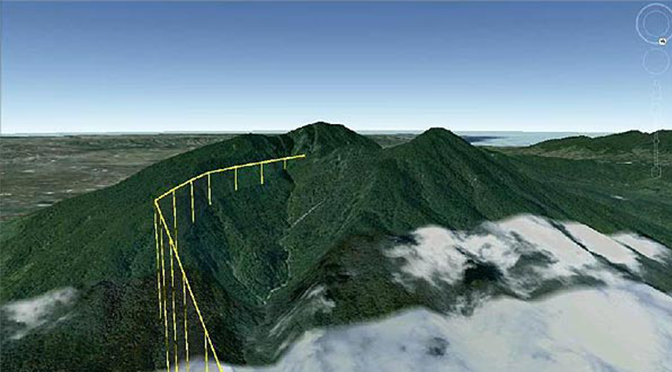
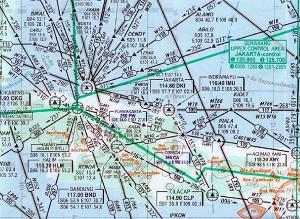
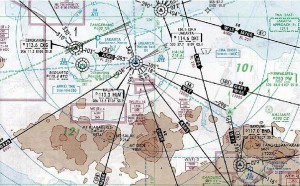
This is Indonesian version in Sindo Weekly Magazine
http://www.sindoweekly-magz.com/artikel/45/i/10-16-januari-2013/analysis/95/sepele-berujung-petaka